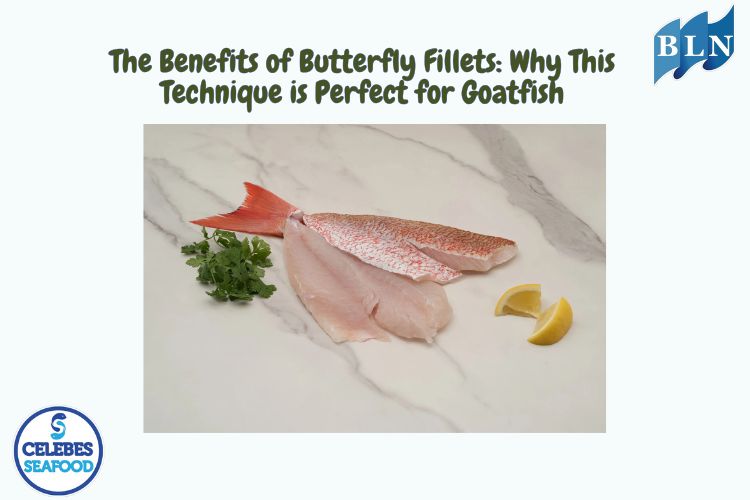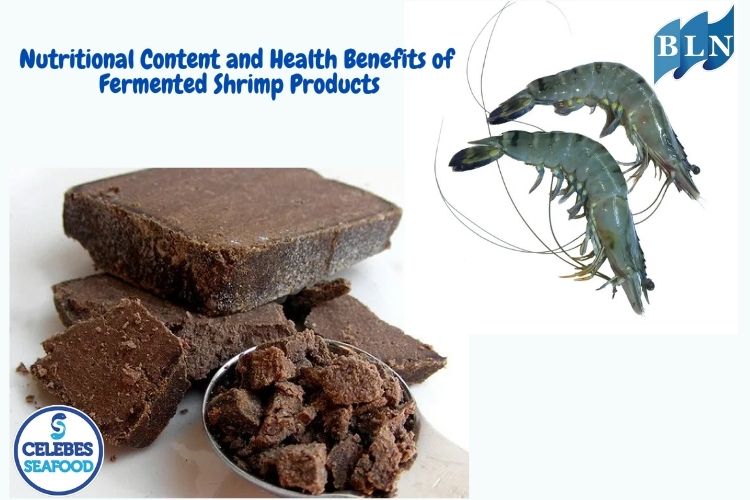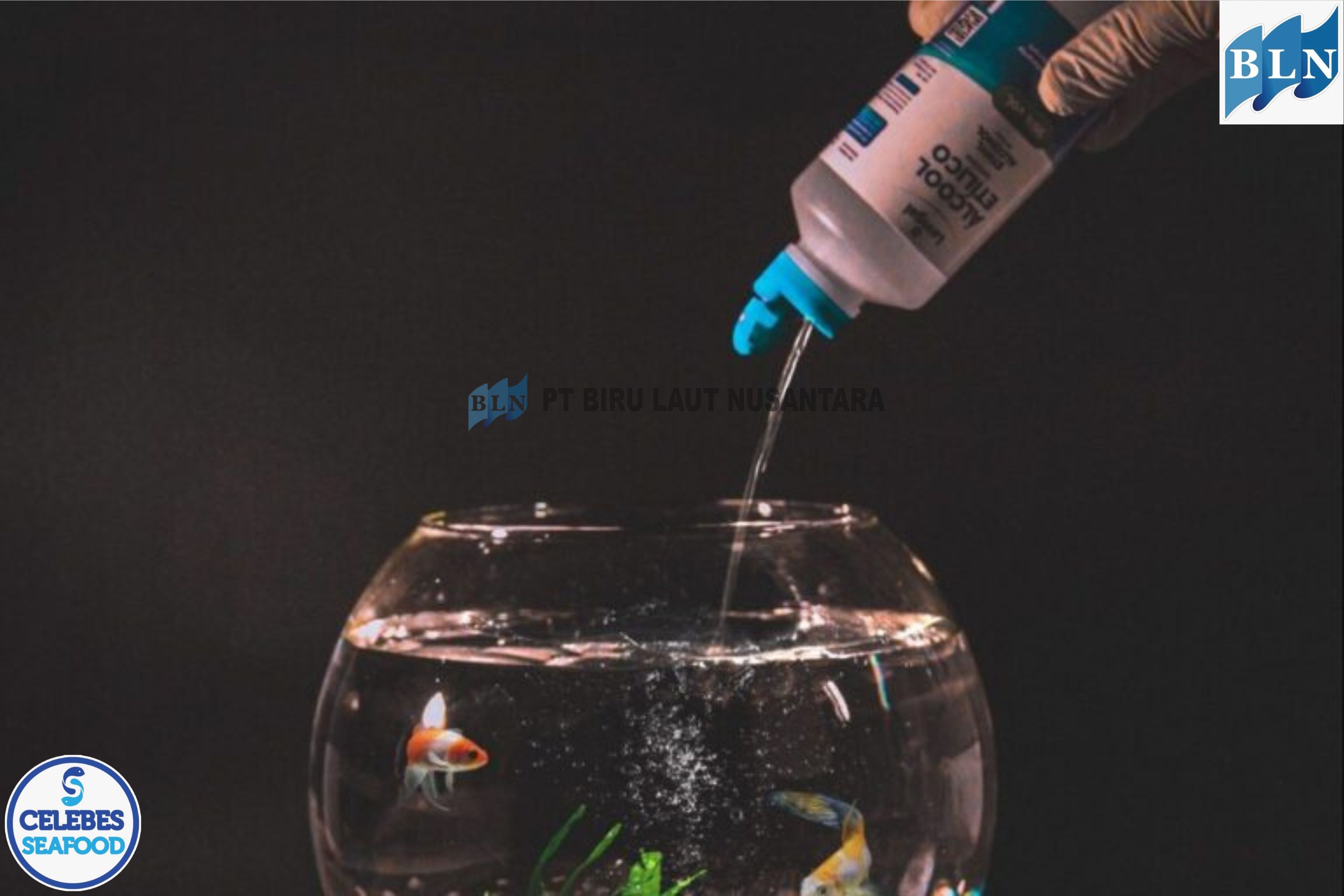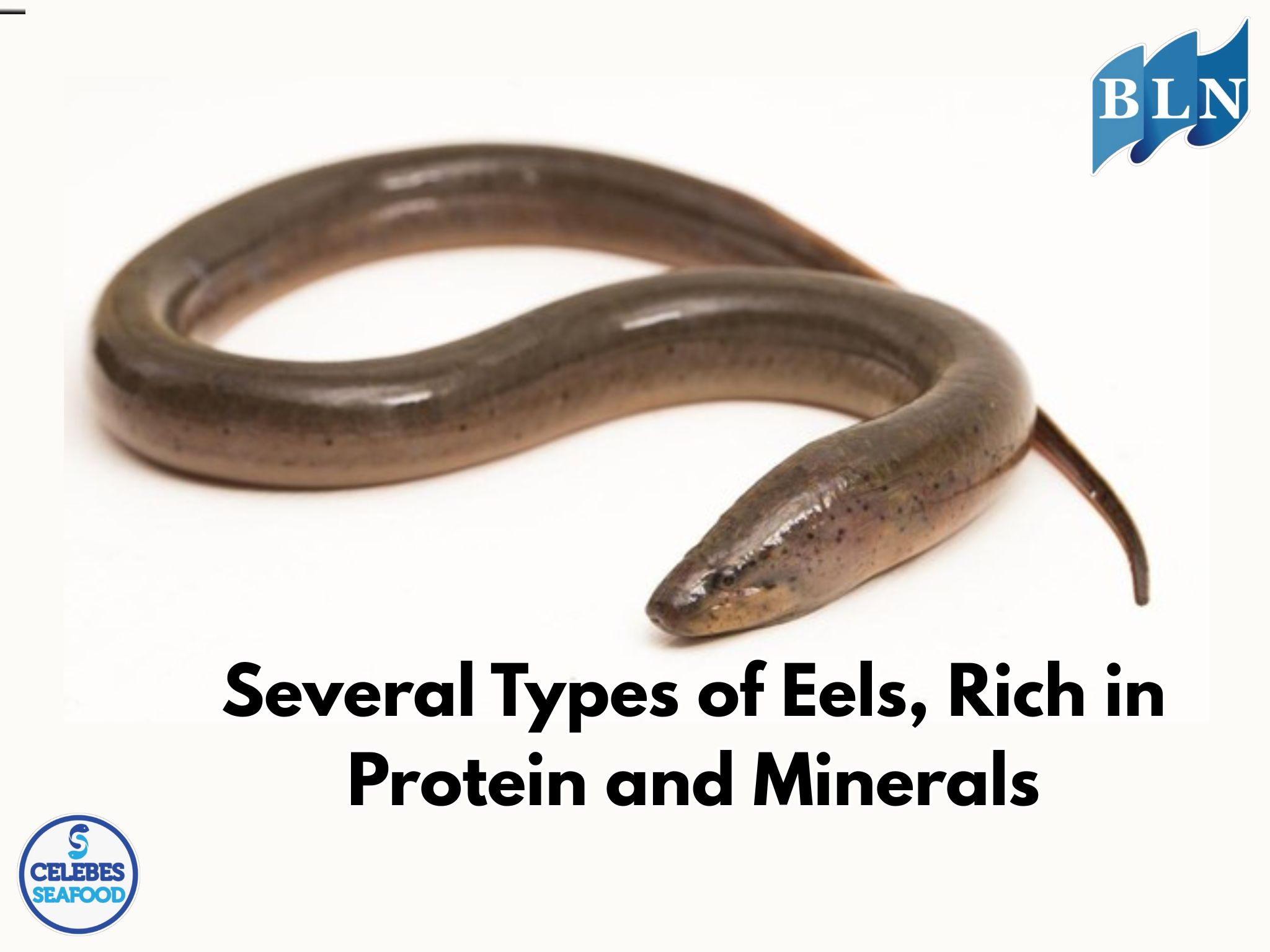Food Safety Risks in Exported Fishery Products
By. Alfian - 16 Aug 2025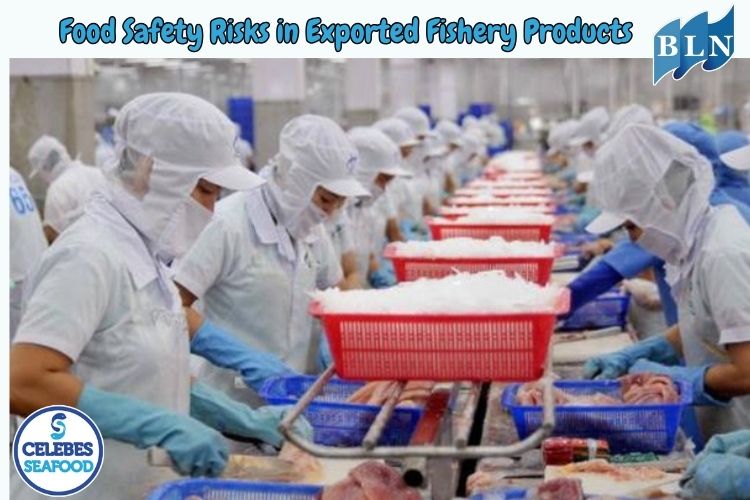
lautnusantara.com Food safety risks in exported fishery products are threats that can endanger consumer health, lead to product rejection, and damage the exporter's reputation. Effective risk management is crucial to ensuring product safety and compliance with international standards.
Types of Food Safety Risks
In general, food safety risks in fishery products can be categorized into three main groups:
1. Biological Hazards: This is the most common hazard.
- Pathogenic Bacteria: Bacteria such as Salmonella, Vibrio, Escherichia coli, and Listeria monocytogenes can contaminate fish and shrimp, especially if sanitation during handling and processing is inadequate.
- Viruses and Parasites: Norovirus and Hepatitis A can contaminate shellfish. In addition, parasites such as Anisakis simplex are often found in marine fish and can cause gastrointestinal upset if consumed raw.
- Natural Biotoxins: Shellfish can accumulate biotoxins from toxic algae (dinoflagellates), which can cause Paralytic Shellfish Poisoning (PSP) or Diarrhetic Shellfish Poisoning (DSP) in humans.
2. Chemical Hazards: These hazards often originate from the environment or production processes.
- Heavy Metals: Fish, especially large predators like tuna and marlin, can accumulate mercury, cadmium, and lead from polluted marine environments.
- Drug Residues: The uncontrolled use of antibiotics and other chemicals in fish farming can leave residues that exceed safe limits.
- Environmental Pollutants: Chemical compounds such as Polychlorinated Biphenyls (PCBs) and dioxins can contaminate waters and accumulate in fish fatty tissue.
- Histamine: Fish from the Scombridae family, such as tuna and mackerel, can produce histamine, which causes allergy-like poisoning if not cooled quickly.
3. Physical Hazards: These hazards are foreign objects that can enter the product during handling.
- Foreign Objects: Broken glass, metal, wood, or plastic fragments can accidentally enter the product during processing and packaging.
Risk Mitigation and Control Strategies
To minimize food safety risks, the fishing industry must implement a strict management system.
- Implementation of GMP and HACCP: Implementing Good Manufacturing Practices (GMP) and Hazard Analysis and Critical Control Points (HACCP) is key. GMP ensures good sanitation practices, while HACCP identifies critical points where hazards can be controlled, from upstream (fishing/farming) to downstream (packaging).
- Traceability: Implementing an effective traceability system allows exporters to track products from their source (ships, farms) to consumers. This is crucial for product recalls in the event of a problem.
- Routine Testing: Conducting regular laboratory testing to detect biological and chemical contaminants is essential for verifying product safety before export.
- Education and Training: Providing regular training to workers on hygiene, proper product handling, and food safety standards is the foundation of a robust system.
By proactively managing these risks, exporters can build trust with international markets and ensure the sustainability of their businesses.
If you are interested in our Goldband Snapper Fillet Skin On, Goldband Snapper Fillet Skinless please do not hesitate to contact us through email and/or whatsapp.
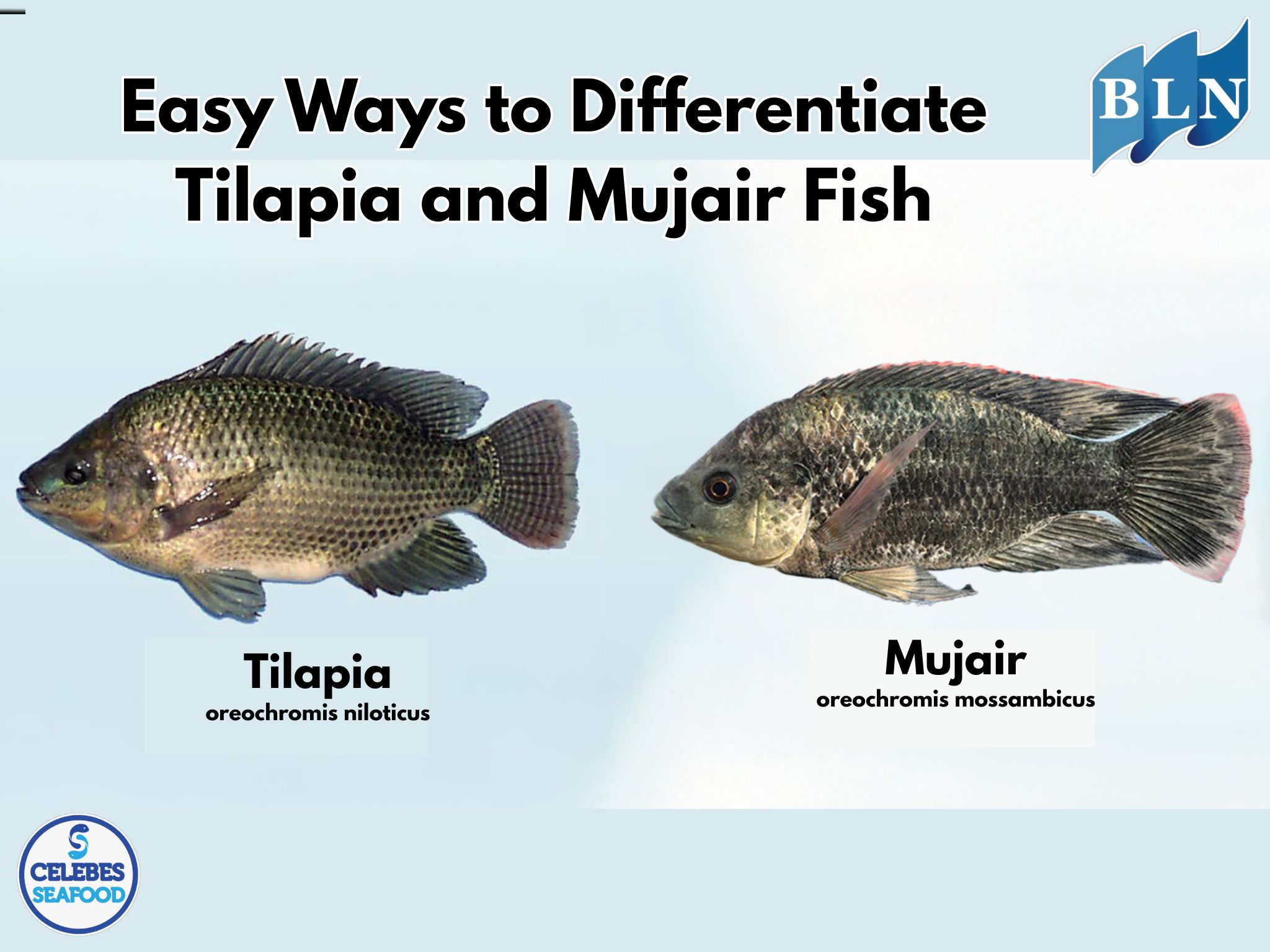
.jpg)
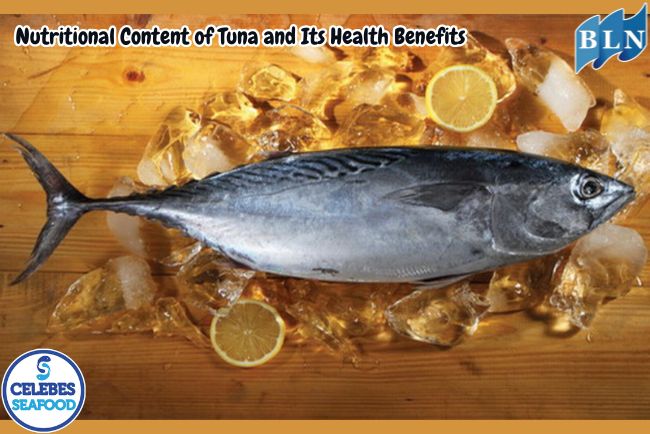
.jpg)
